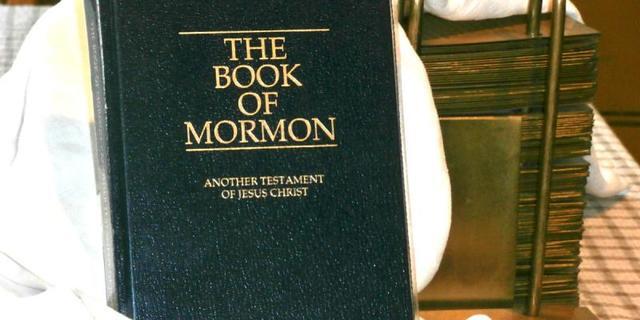While it may be fascinating to look at possible evidence of the Book of Mormon, a knowledge of the truthfulness of this sacred record can only come through faith and gaining a testimony of your own.
It’s been with us almost 200 years. It recounts the rise and fall of two mighty nations with tens of thousands—potentially millions—of inhabitants (Ether 15:2). Seems perfectly natural to expect physical evidences to exist. Right?
The Book of Mormon’s authors made it clear the record was spiritual, and that it would touch on historical matters but lightly (1 Nephi 9:2; 2 Nephi 5:33; Jacob 1:2–3). Its compilers minimized cultural references to maximize its universality, particularly for folks in the last days (Alma 37:14, 18–19; Mormon 3:17–22; 8:25–41). Too many historical and cultural references might’ve undermined or watered down its spiritual objectives. In this regard, the Book of Mormon’s authors and abridgers seem admirably farsighted. Nevertheless, to effectively communicate many enlightening doctrines, incorporating some history and culture was necessary, unavoidable.
Still, Latter-day Saints have questions. Nephites, Lamanites, and Jaredites had to live somewhere. A healthy curiosity need not be suppressed—“healthy” being the operative word. Not obsessive. Not to the exclusion of principles outlined by Moroni.
Supporting evidences of the Book of Mormon are broadly identifiable. The volume has long invited scrutiny from all branches of science. Archaeology itself can be divided and subdivided into numerous disciplines. I couldn’t possibly cover every Book of Mormon correlation in one sitting. In this post I wanted to emphasize physical evidences—stuff you can touch, see, feel. Though there are many more than five, I've tried to present a thoughtful cross-section.
1. Metal Plates
It almost seems a shame to use up one of my 5 evidences here. The issue of inscribed metal plates in stone boxes has been so effectively laid to rest by modern archaeology that Latter-day Saints hardly remember when it was one of Mormonism’s most prevalent and scathing criticisms. We were told the ancients did not preserve records on plates.1 We were told ancient Israelites, in particular, did not write on plates.2 We were told they would have been too heavy for Joseph to carry while running from ruffians or heft from one hiding place to the next.3
Time has rendered all such objections moot. Hundreds, if not thousands, of examples of metal plates—copper, silver, bronze, brass, and yes, gold—many in stone boxes, and even some bound with metal rings—have been unearthed in places as diverse as Spain, Bulgaria, Italy, Greece, Korea, Egypt, Syria, Iran, even Mesoamerica—too many to mention. As for Israel, not only have we found the famous copper scroll of Qumran, but two small silver plates from Jerusalem that date to the 7th–6th century B.C.4
Finally, we learn of a shimmering gold and copper alloy called tumbaga by the Spanish that has existed from pre-Columbian times—the same composition described by Joseph’s brother, William—bringing in the plates at a nice “heftable” weight of 40–60 lbs.5

